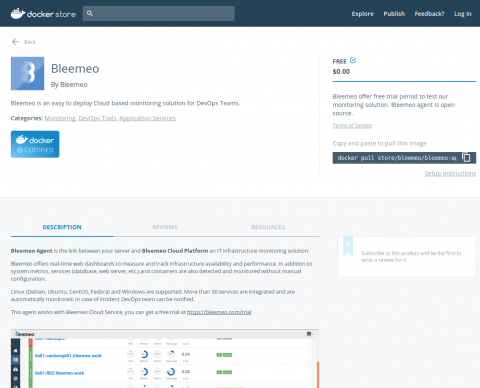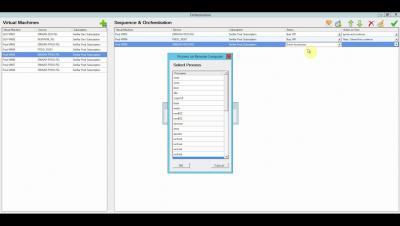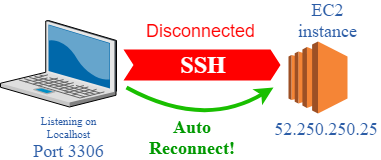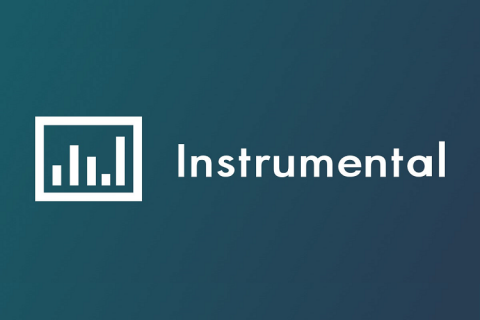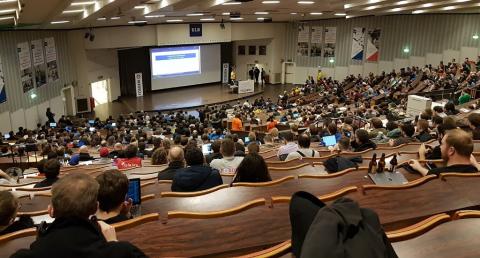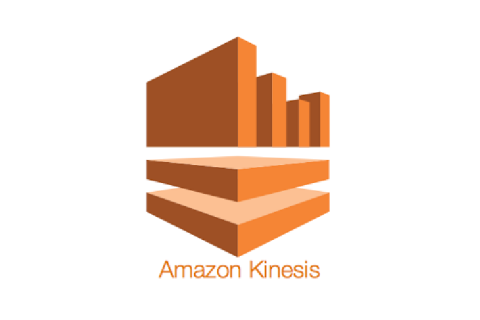Hardening against future S3 outages
On February 28, 2017, Amazon S3 in the us-east-1 region suffered an outage for several hours, impacting huge swaths of the internet. StatusGator was impacted, though I was able to mitigate some of the more serious effects pretty quickly and StatusGator remained up and running, reporting status page changes through the event. Since StatusGator is a destination for people when the internet goes dark, I aim to keep keep it stable during these events.



